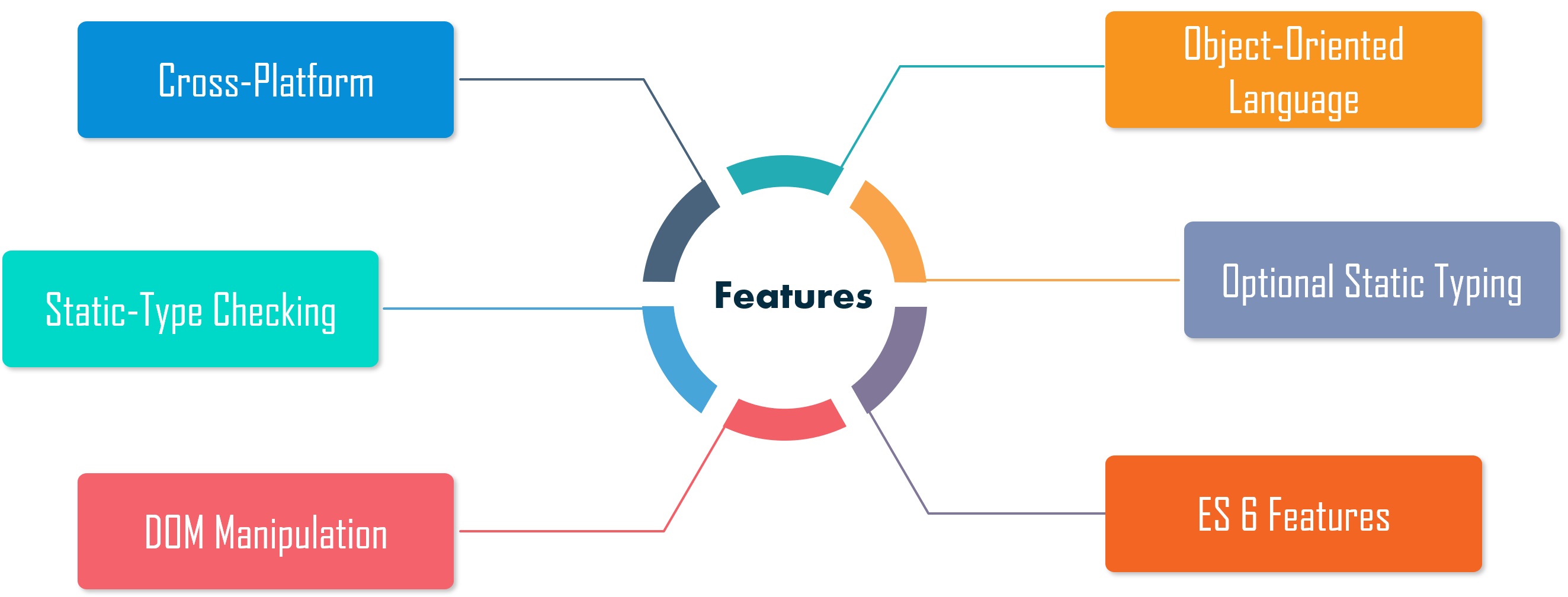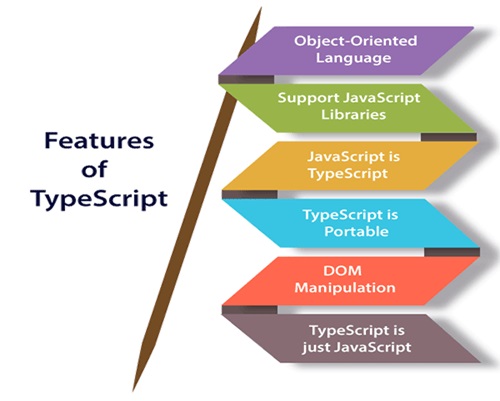TypeScript 3.8 supports the private keyword to declare its members private. And the private fields in TypeScript are the ones newly proposed for JavaScript. These fields are preceded by #.

Private keyword: The private keyword in TypeScript is used to mark a member private which makes it inaccessible outside the declared class. The fields are preceded by the private keyword to mark them private.
- Syntax:
private variableName
- Example:
- Output:
gfg
Private fields: Private fields in TypeScript are the ones that have been newly added to JavaScript, the members to be declared private are preceded by a #. Private members cannot be accessed outside their class.
- Syntax:
#variableName
- Example:
Output:
gfg
Hence, to implement the private keyword in runtime when compiling TypeScript to ESNext JavaScript one must consider using the private syntax # defined for JavaScript.
Difference between private keyword and private fields:
| Private keyword | Private fields |
|---|---|
| It is a TypeScript modifier. | It is a newly added syntax by ECMA to JavaScript, which is also available in TypeScript. |
| It is a compile time annotation. So, when a transpiler converts TypeScript code to JavaScript, the private keyword is removed. | The private fields remain private at runtime even after the TypeScript code gets converted to JavaScript by the transpiler. |
 Best resource for Online free Education
Best resource for Online free Education

